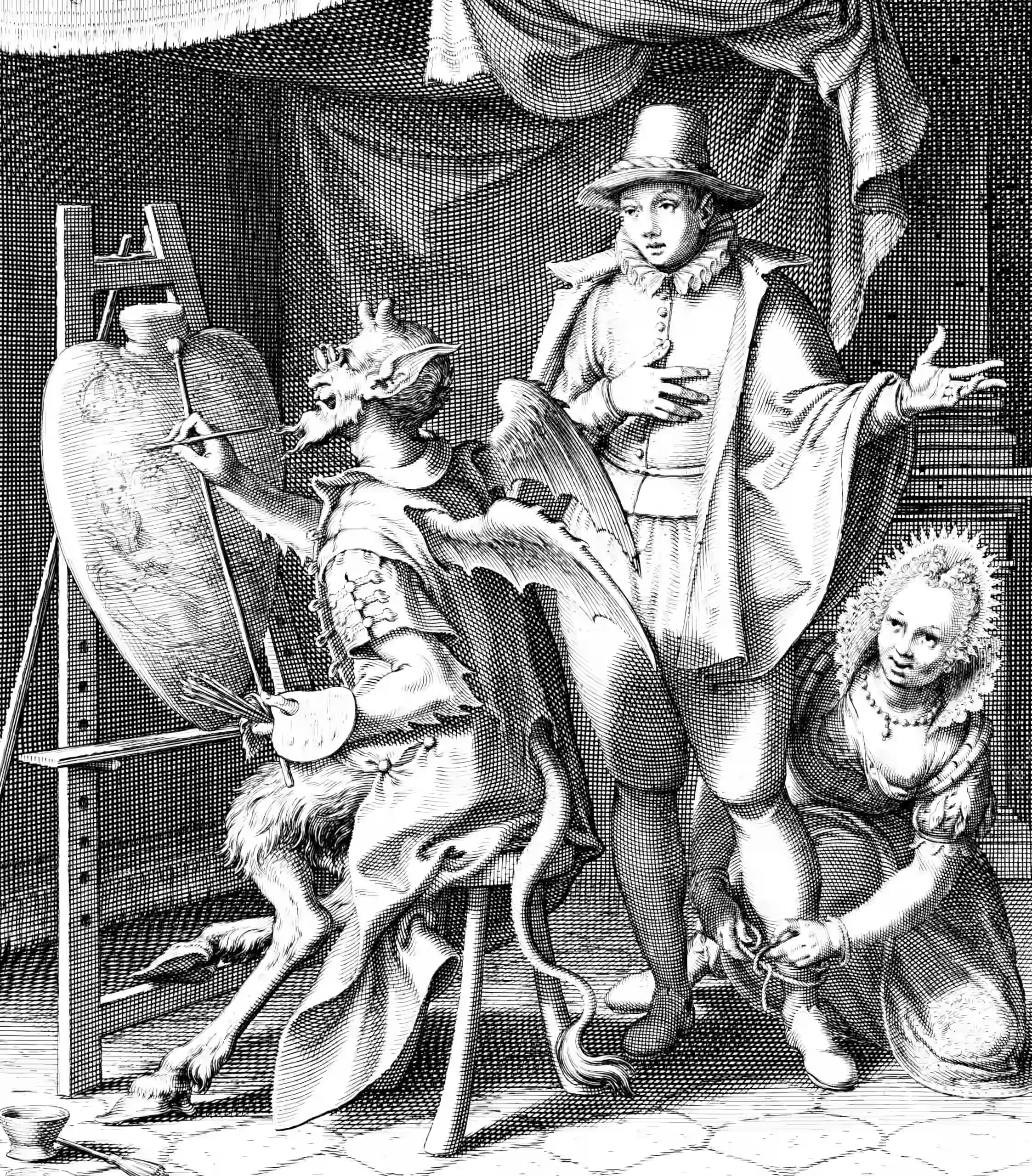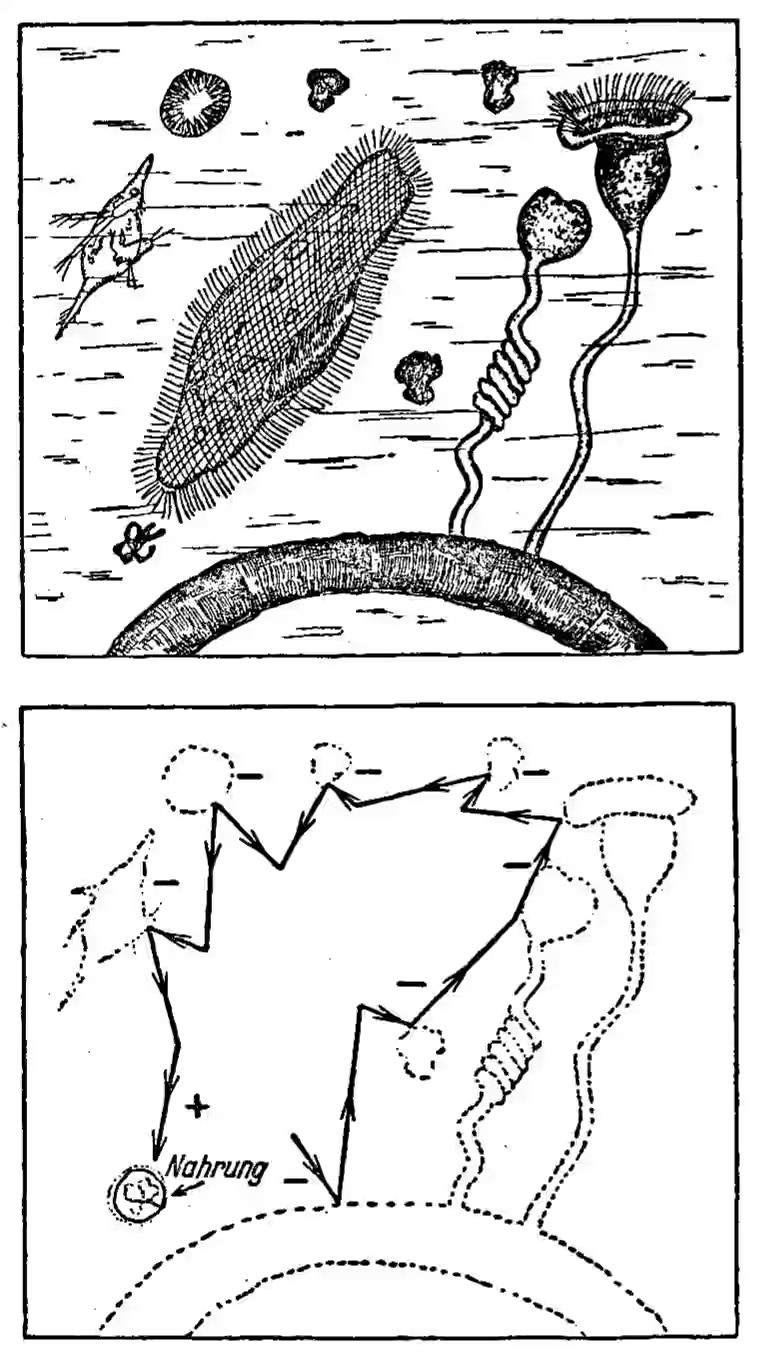Perception, evolution, truth
How much of reality is it worth it for us to see? Umwelt, etc. Biological phenomenology.
2024-08-18 — 2025-08-28
Wherein the likelihood that organisms’ perceptual representations correspond to external structures is examined by appeal to evolutionary and decision‑theoretic considerations, and adaptive fitness consequences are considered.
Placeholder. Are the representations we, as organisms, have likely to correspond to things in the world, and if so, how? The TED Talk version is “Does evolution favour organisms seeing truth?” I don’t love this framing myself; I prefer to think about “likely to perceive truth, and if so, what that might be”. I don’t love this framing, even though it makes for great TED talks. I’d prefer to think about decision theory of representations in learners, but that’s not catchy.
See also predictive coding and semantics.
1 Do our internal models converge on truth?
One nice framing of this question is due to Dan Williams: Why do people believe true things?
Donald D. Hoffman has a whole research programme about evolutionary selection against veridical perception, including a TED Talk, other talks, Quanta article, long form lectures… Sounds like a “selection theorem” argument?
2 Incoming
- Eliezer Yudkowsky’s essay How an algorithm feels from the inside
- Saturday Morning Breakfast Cereal - Ball


